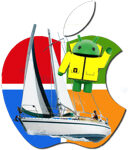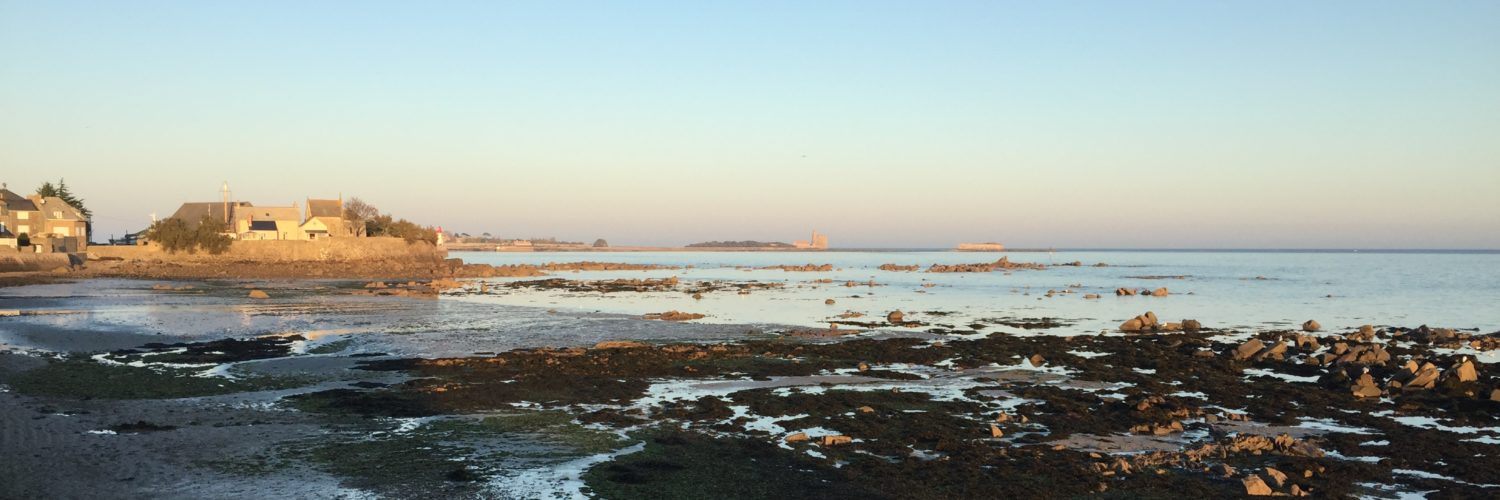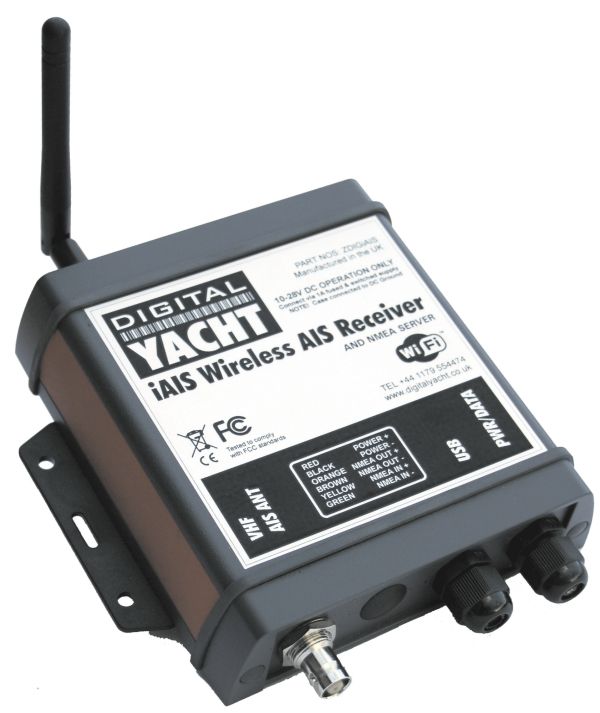In coastal navigation, sometimes it's easier to connect to the 3G cellular network than to get a WiFi connection with a land-based hotspot. Cellular transmission antennas are becoming more and more numerous on the coast and on the islands. But as you follow my recommendations scrupulously (¹), I have no doubt about it, you have a WiFi+3G iPad without having taken out a subscription, i.e. without a SIM card, and you are quite right. So how do you do it ? Read more …
Category : Network
On-board hardware networking, WiFi, Bluetooth, cabling…
Mirror iPad screen… in the cabin. [Update]
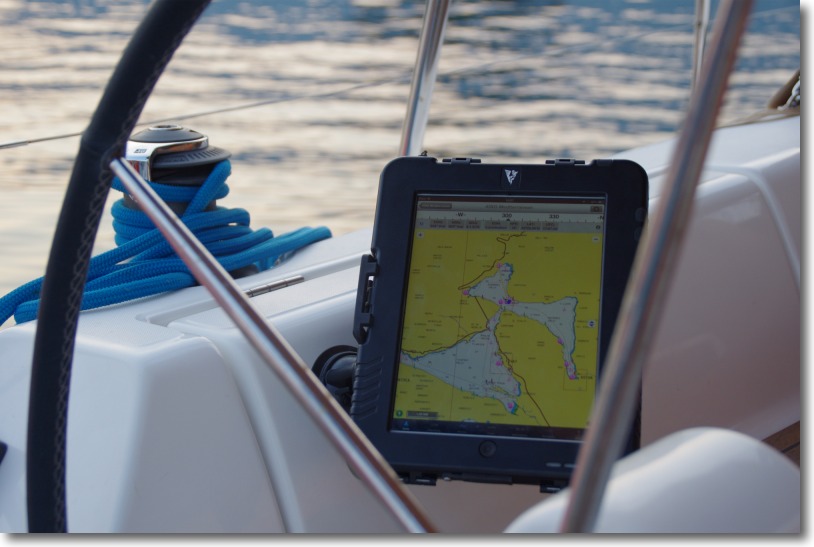 Hey yes, this is the world upside down ! At the beginning of iPad use in a boat, the tablet was used to capture the screen of a PC fixed to a chart table for display applications such as MaxSea in the cockpit. The solution has been - and still is - widely used. But since I've been working with a few accomplices to demonstrate that the iPad is capable of providing a perfectly autonomous navigation solution (¹), These tablets are increasingly installed at a fixed position in the cockpit.
Hey yes, this is the world upside down ! At the beginning of iPad use in a boat, the tablet was used to capture the screen of a PC fixed to a chart table for display applications such as MaxSea in the cockpit. The solution has been - and still is - widely used. But since I've been working with a few accomplices to demonstrate that the iPad is capable of providing a perfectly autonomous navigation solution (¹), These tablets are increasingly installed at a fixed position in the cockpit.
Once attached and connected to a waterproof power supply, on a wheel column or close to the tiller, disassembling the iPad may seem tedious for a few minutes to spend inside the cabin. The solution would it not mirror its screen to display on a single PC screen via WiFi, in order to monitor the progress of the boat on the electronic chart while we are active in the galley ?
[Update September 24/08/2020]
Install a WiFi network onboard
Request more frequent from boat owners is for the installation of a WiFi reception onboard. The proliferation of computers, tablets and smartphones on boats incentive to maintain a connection with the Internet, even while sailing. Exchange emails, Follow social media, Receive weather files, and how many other reasons lead to an irrepressible addiction. C’est la vie !
I have already mentioned on my website, in chapter about means for receiving GRIB files, some available solutions : Read more …
iNAVConnect links iPhone or iPad to Raymarine chartplotters
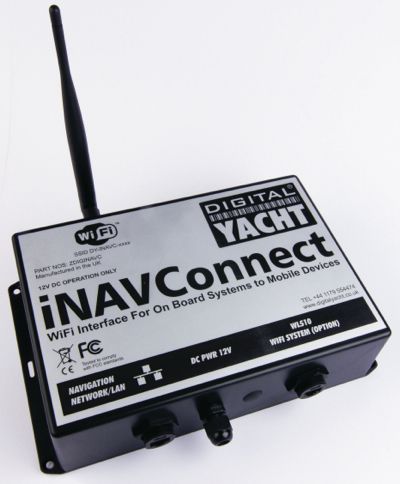 The company Digital Yacht continues to offer new products for yachting (¹). One of them, iNAVConnect, allows to connect by WiFi iPad or iPhone, featured iNavX, Navionics Marine, or any other compatible application, to Raymarine MFDs C and E series. This allows waypoints and routes to be transferred from Raymarine systems to apps on iPad or iPhone, and vice versa.
The company Digital Yacht continues to offer new products for yachting (¹). One of them, iNAVConnect, allows to connect by WiFi iPad or iPhone, featured iNavX, Navionics Marine, or any other compatible application, to Raymarine MFDs C and E series. This allows waypoints and routes to be transferred from Raymarine systems to apps on iPad or iPhone, and vice versa.
It's a start, Digital Yacht hopes other manufacturers implement these transfer functions in the future. Read more …
NMEA 2000, a network standard of the future
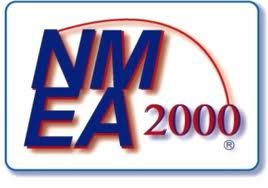 NMEA 2000® (¹) is a standard for electronic communication network specifically designed for pleasure boats, according to an industry standard published by the National Marine Electronics Association (NMEA). It aims to meet many needs, arising from the considerable increase of electronic devices onboard, the widespread use of computers and MFDs (²) with control and navigation application more sophisticated. It also aims to interconnect equipment provided by various manufacturers and brands, allowing boat builders and users great freedom in the choice of their navigation instruments. Read more …
NMEA 2000® (¹) is a standard for electronic communication network specifically designed for pleasure boats, according to an industry standard published by the National Marine Electronics Association (NMEA). It aims to meet many needs, arising from the considerable increase of electronic devices onboard, the widespread use of computers and MFDs (²) with control and navigation application more sophisticated. It also aims to interconnect equipment provided by various manufacturers and brands, allowing boat builders and users great freedom in the choice of their navigation instruments. Read more …
Wiring NMEA 0183, not so easy !
In a very next post, I will explain in detail the implementation of a multiplexer (¹) Miniplex-2USB ShipModul's website. But before dismantling the electrical panel and taking out the toolbox, it is better to understand the subtleties of a connection that, at first glance, seems very simple, and yet can quickly become… a real headache. Read more …
Receive NMEA 2000 data with iNavX
 It is now possible to connect a N2K system (¹) at iNavX, on iPhone or iPad.
It is now possible to connect a N2K system (¹) at iNavX, on iPhone or iPad.
Indeed, Actisense company, well known for its NMEA interfaces (multiplexers and gateways), designed the NGW-1 ISO, an NMEA 2000 gateway converter to NMEA 0183 and vice versa. Connected to a Miniplex-2Wi by ShipModul ou un WLN10 device, the data thus converted will be sent via WiFi to iNavX. Read more …
Receive AIS data wirelessly with iNavX
I explained, in a recent post, how to receive NMEA data from on-board instruments without using a Mac (or a PC) on board. It is now possible to do the same thing for receiving AIS data with an iPad or iPhone.
Digital Yacht has developed a new AIS receiver for use with Apple mobile devices. iAIS, is its name, transmits navigation data received from ships via WiFi to dedicated applications on iPhone or iPad via the TCP/IP protocol. Featured with AIS dual-channel A and B receiver, it also allows compatible applications access to NMEA data from on-board instruments. Read more …
Connect GPSNavX/MacENC with an AIS
It is more and more common to see an AIS receiver, Automatic Identification System (*), receiver above yacht's chart tables. Although only merchant vessels of over 300 tons and passenger ships are required to fit onboard an AIS Class A transponder, small commercial vessels are increasingly fitted with cheaper standard AIS Class B transponders. Read more …
